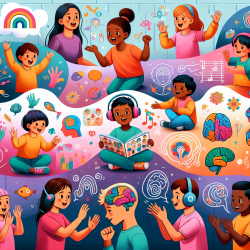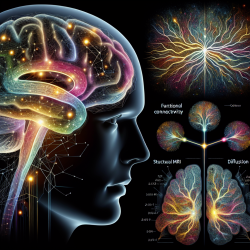Understanding PCA and Its Impact on Language
Posterior Cortical Atrophy (PCA) is a neurodegenerative condition characterized by a decline in visuospatial and visuoperceptual processing, often accompanied by language impairments. While PCA is more commonly associated with visual symptoms, recent research highlights the significant impact it can have on language abilities, drawing parallels with the logopenic variant of primary progressive aphasia (lvPPA).
Key Findings from Recent Research
The study titled "Primary and Secondary Progressive Aphasia in Posterior Cortical Atrophy" provides a comprehensive look at the language impairments in PCA, focusing on three patients. The findings emphasize that language difficulties in PCA are not merely secondary to visual deficits but also involve primary language impairments. These include challenges in word finding, sentence comprehension, and narrative speech, as well as reading and writing difficulties.
Practical Implications for Practitioners
For practitioners working with children who may exhibit signs of PCA or similar language impairments, understanding these findings is crucial. Here are some actionable steps to enhance therapeutic outcomes:
- Early Identification: Recognize the signs of PCA early, particularly language impairments that may not be immediately linked to visual deficits.
- Comprehensive Assessment: Utilize a detailed neurolinguistic assessment to differentiate between primary and secondary language impairments.
- Tailored Interventions: Develop personalized intervention plans that address both the visual and language challenges, focusing on enhancing phonological processing and verbal memory.
- Multidisciplinary Approach: Collaborate with other professionals, such as occupational therapists and neuropsychologists, to provide holistic care.
Encouraging Further Research
The research underscores the need for more studies to fully understand the language impairments associated with PCA. Practitioners are encouraged to engage in or support research efforts that explore these areas further. By contributing to the body of knowledge, we can develop more effective strategies to support children with PCA and similar conditions.
Conclusion
Understanding the dual impact of PCA on visual and language processing is essential for speech-language pathologists aiming to create positive outcomes for children. By leveraging the insights from the latest research, practitioners can enhance their skills and provide more effective interventions.
To read the original research paper, please follow this link: Primary and Secondary Progressive Aphasia in Posterior Cortical Atrophy.










